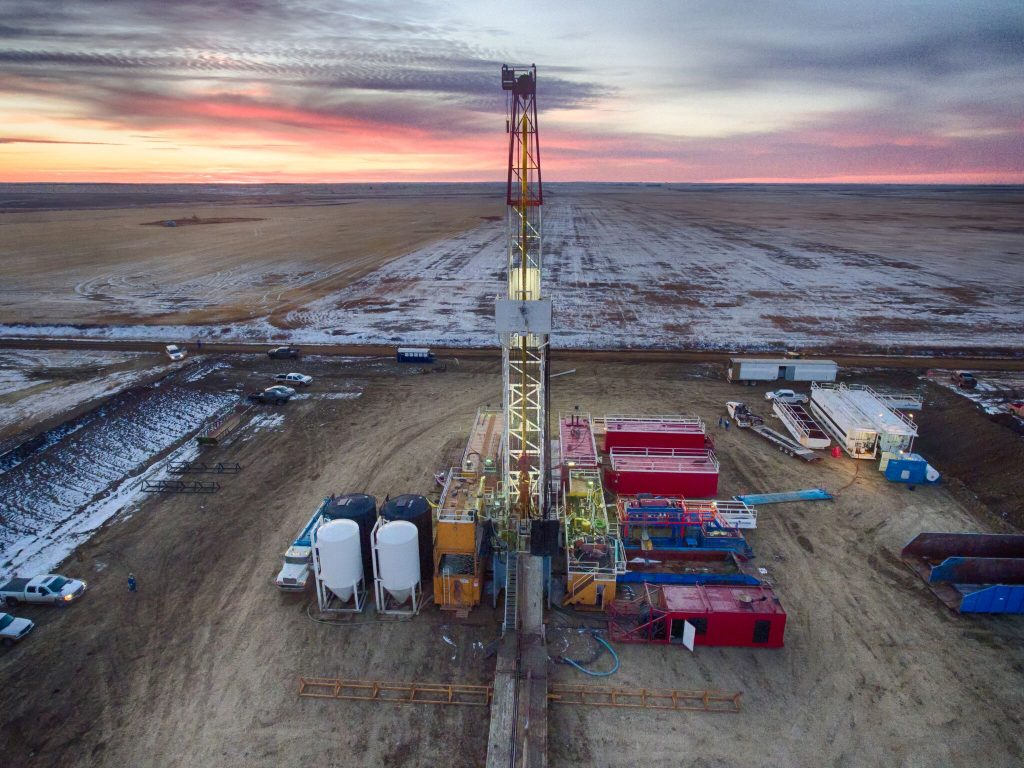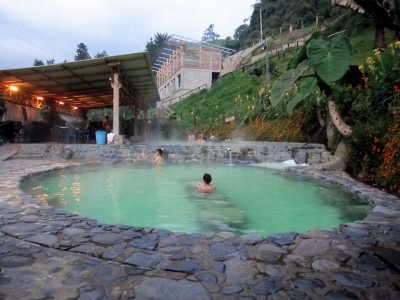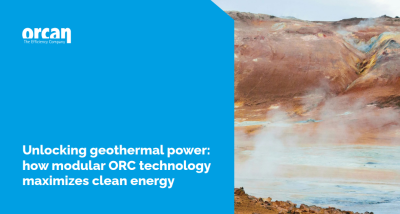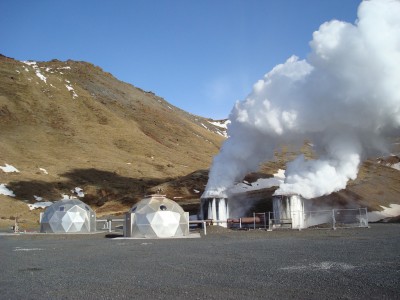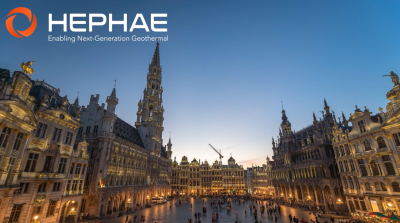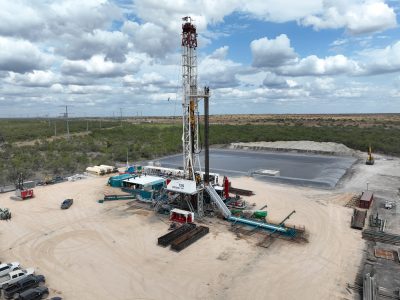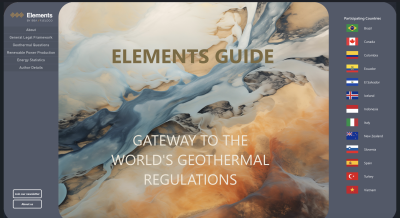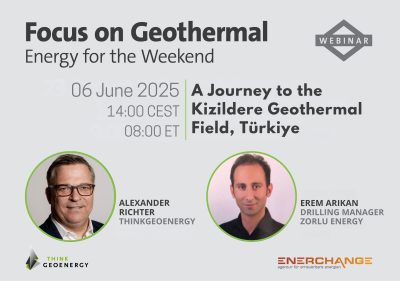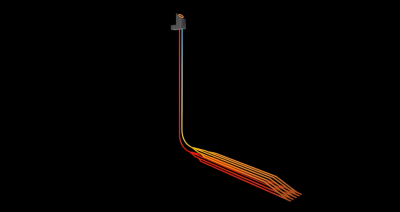Multistage stimulation, a transformative tool for geothermal?
Multi-stage stimulation of geothermal wells could help expand and scale up geothermal development significantly, so an article by Mark McClure in the Journal of Petroleum Technology.
In a recent article by Mark McClure of ResFrac Corp. published in SPE’s Journal of Petroleum Technologies, he describes how multistage stimulation could help transform the geothermal energy industry as we know it today.
Describing the experience gained in shale, he points that those techniques applied there could be applied directly to geothermal and thereby help create “hundreds or thousands of flowing fracture pathways around horizontal or deviated geothermal wells”.
This clearly is part of a wider ongoing discussion on how technologies developed for oil and gas, could help elevate the game and scale geothermal energy development to levels not seen before.
In the context of conventional geothermal, where the geothermal sector is seeking to tap existing hot water reservoirs, the risks are often seen as a key hurdle for investment in and development of those resources. Finding the right temperature (sufficient for use, e.g. for power generation), water as carrier of the heat to the surface, and sufficient flow-rate of the water for utilisation on the surface. To achieve profitability, so the author, “geothermal wells must produce the equivalent of tens of thousands of barrels of water or steam per day to be economic, or to produce the equivalent energy of a typical oil or gas well.”
The geological settings from hydrothermal systems, therefore determine the level of production of geothermal wells. Essentially this relates to the permeability of the rock to guarantee sufficient flow and water to be heated sufficiently.
To increase the permeability, hydraulic stimulation has been a key aspect of research and is seen as a key tool to help unlock the vast geothermal resources in the United States. The U.s. DOE’s GeoVision report of 2019 describes a development potential of up to 60 GWe in capacity, this compared to around 3,700 MW of installed geothermal power generation capacity in the U.S. today.
In his article, the author describes the limited success in hydraulic stimulation so far and sees the key reason for it in a “single openhole section” stimulation of conventional vertical wells. With that, one does not create sufficient flowing pathways on a wider scale, yet only in localised dominant pathways. This does not create the needed ability to “sustain high rate” flow rates.
In the shale industry, similar experience led to multistage hydraulic fracturing along horizontal wellbores. This allowed the sector to mechanical isolate specific sections in a well. With that, it was possible to stimulate substantially more conductive fractures.
Abandoning openhole designs for “limited-entry designs”, so Mark McClure, engineers have been able “to distribute flow and force a huge number of fractures to form”. This experience and know-how could now be applied directly to geothermal.
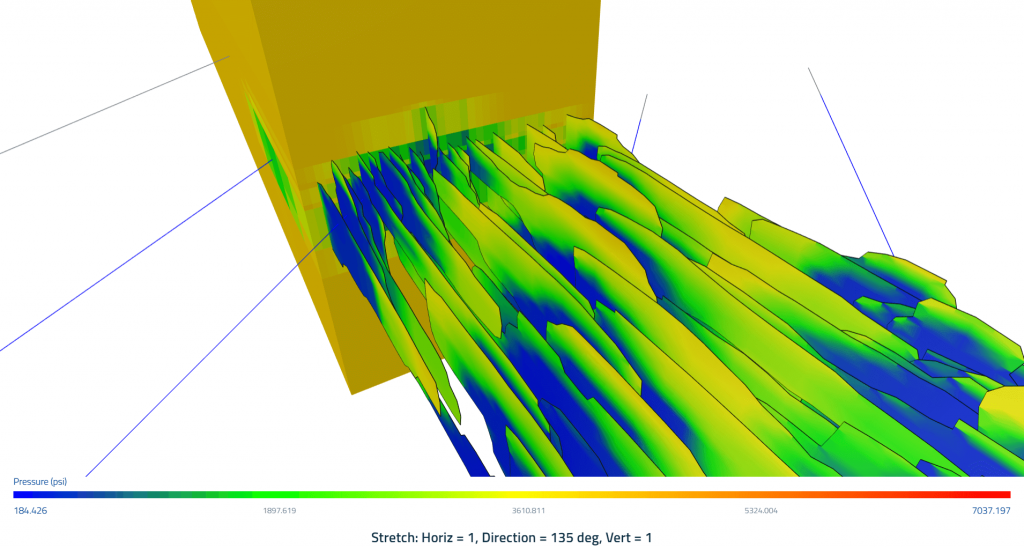
The UtahFORGE R&D geothermal project funded by the U.S. Department of Energy is working on applying multistage stimulation in granitic rock. Private sector players such as Fervo Energy (U.S.) and Canadian DEEP Earth Energy Production‘s project are either planning or have executed multistage stimulation and essentially doing groundbreaking work that could elevate the overall game for geothermal.
Yet with all new approaches to technology or their application to development, there are some risks involved that the author describes as well.
He describes the challenge of the lack of experience and field-scale data on the sustainability of long-term fracture conductivity, cooling rock and possibility of short-circuit paths to develop between injection and production wells. Higher temperatures of those systems also creates challenges for the operations with the need of robust high-temperature downhole tools and large-diameter plugs for the stimulation.
And of course, induced seismicity is a concern that in recent years clearly has been a challenge for proponents of EGS/ stimulation of geothermal wells. Best practices protocols for induced-seismicity are either being developed or in the case for the U.S. by DOE already set up.
One aspect to be considered and not mentioned in the article is the approach to public acceptance of stimulation activities in geothermal. Clearly an important aspect for projects in more urban settings, such as in middle Europe. Opposition to geothermal has increased significantly in areas, where stimulation resulted in seismic events and created a challenge to gaining public acceptance for geothermal.
For the full article, see link below.
Source: Mark McClure, “Why Multistage Stimulation Could Transform the Geothermal Industry” in Journal of Petroleum Technology (SPE), Oct. 1, 2021
